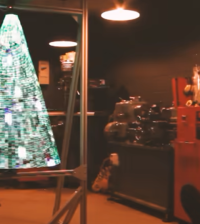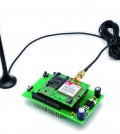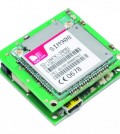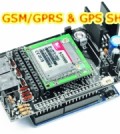- makeITcircular 2024 content launched – Part of Maker Faire Rome 2024Posted 2 weeks ago
- Application For Maker Faire Rome 2024: Deadline June 20thPosted 2 months ago
- Building a 3D Digital Clock with ArduinoPosted 7 months ago
- Creating a controller for Minecraft with realistic body movements using ArduinoPosted 7 months ago
- Snowflake with ArduinoPosted 8 months ago
- Holographic Christmas TreePosted 8 months ago
- Segstick: Build Your Own Self-Balancing Vehicle in Just 2 Days with ArduinoPosted 8 months ago
- ZSWatch: An Open-Source Smartwatch Project Based on the Zephyr Operating SystemPosted 9 months ago
- What is IoT and which devices to usePosted 9 months ago
- Maker Faire Rome Unveils Thrilling “Padel Smash Future” Pavilion for Sports EnthusiastsPosted 10 months ago
DIY Commodore PET Model 8032 Replica
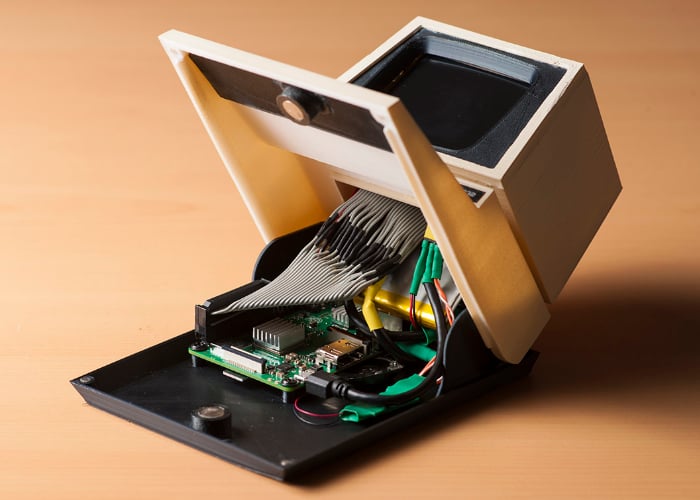
Thanks to Raspberry pi and 3D Printer you’ll be able to recreate a perfect replica of the iconic Commodore PET model 8032 launched back in 1977. The Commodore PET with the first personal computer sold to the general public and was equipped with a built-in keyboard, screen and cassette deck and was priced at $795 which today would equate to roughly $3,287.
The machine was based around the legendary 6502 processor (later to be found in the popular Commodore 64), running 1 Mhz and offering an 8-bit data bus and 32 kilobyte free RAM.
Maker Lorenzo ‘Tin Cat’ Herrera has designed the awesome Raspberry Pi in case to house a working screen, once connected to a Bluetooth keyboard the mini PC offers a fully working computer. The resulting 3D printed copy of the computer is as accurate as possible and, as well as looking great, is fully-functional.
This project is based on the Commodore PET model 8032. You’ll 3D print a case that contains a Raspberry Pi computer and a tiny screen to emulate the almighty PET (and many other computers and game consoles). It has been carefully designed to be as accurate as possible to the original design, all the connections are made on the back panel and it even hinges upwards to reveal its guts, just like the original!
Watch the demonstrative video below for further information:


